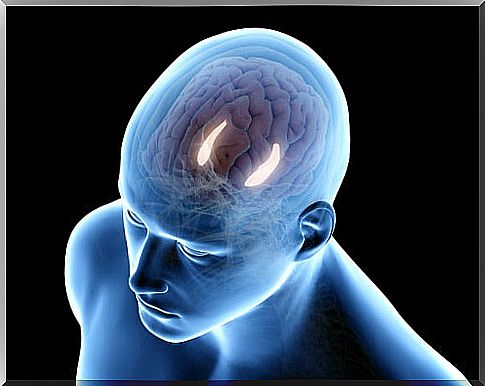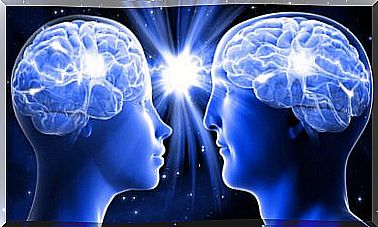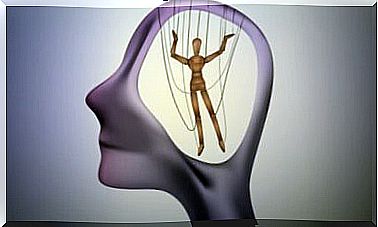What Is Declarative Memory?

Theoretically, memory is divided into non-declarative or procedural memory, related to learning skills, and declarative memory. In non-declarative memory we store procedures, such as driving, riding a bike or doing the most routine tasks on the computer.
On the other hand, declarative memory, or explicit memory, is what stores memories that can be consciously evoked. In turn, it is divided into two. On the one hand, episodic memory and, on the other, semantic memory.
Episodic memory
Episodic memory stores memories related to personal events. Thus, it is responsible for you to remember that beautiful trip or the afternoons during childhood playing with friends in the park. It allows us to relate our memories.
This information is located in time and space, so the force of the context that surrounds the memories is very strong. In addition, this is linked to the fact that the reference of the memory is the person himself. Therefore, many times the lure by which a memory returns to our focus of attention is the circumstances, such as when it took place or where it happened.

Because of this strong temporal connection, episodic memory is more susceptible to forgetfulness and interference. That is why distortions often occur in the details of autobiographical memories, for example, confusing places or time.
This is especially the case when someone asks us to give details about the memories, as in the case of witnesses. In this case, the expectations that the other may have of us, the possible influence of questions or our desire to please the interlocutor, can produce modifications in the memory.
Brain structures involved
The medial temporal lobe, where the hippocampus is located, is involved in the creation of new episodic memories. The prefrontal cortex seems to be of great importance in spatially and temporally encoding memories. That is, it helps to remember where and when an experience was lived, helping to better organize memories.
Episodic memory disorders
The main disorder that affects episodic memory is Alzheimer’s disease. The amnesia of these memories appears in the first stages, since the hippocampus is one of the first structures affected. Episodic memory failure is also common in shellfish poisoning amnesia, and can cause irreversible damage. As well as in Korsakoff Syndrome.
Stress and drug use, such as ecstasy or MDMA, are also associated with significant impairment of this type of memory.
Semantic memory
This type of memory contains information about knowledge about the language and facts about the world. Acting as an encyclopedia and dictionary, it is the one that allows you to know, for example, what banana and fruit mean, and to know what relationship there is between the two ideas.
This type of knowledge has a generic and decontextualized character, although it can often be linked to episodic memory, and this facilitates its memory. For example, if you learned the meaning of Rue de Rivoli when you went to the Louvre museum on your trip last summer.
Brain structures involved
There are authors who defend that semantic memory has the same brain structures in common with episodic memory. However, there are studies that do not find a relationship between the hippocampus and semantic memory, while with the episodic one.
Other authors relate it to the temporal neocortex, and others indicate that various structures are involved, depending on the knowledge to be recovered. For example, knowledge related to the sound of a falling can would activate the auditory cortex. Remembering what color a cow is would activate the visual cortex. Furthermore, the bilateral temporal lobe is related to the integration of all semantic information.

Semantic memory disorders
The Semantic dementia is a neurodegenerative disorder that affects the temporal lobe. In it, both the ability to name objects and access to their meaning can be affected. Those who suffer from it will gradually deteriorate their ability to categorize concepts in a detailed way. Thus, for example, their ability to use familiar words or visually recognize objects is affected.
Furthermore, Alzheimer’s disease generally shows deterioration in specific categories, as patients fail to name or describe objects.









